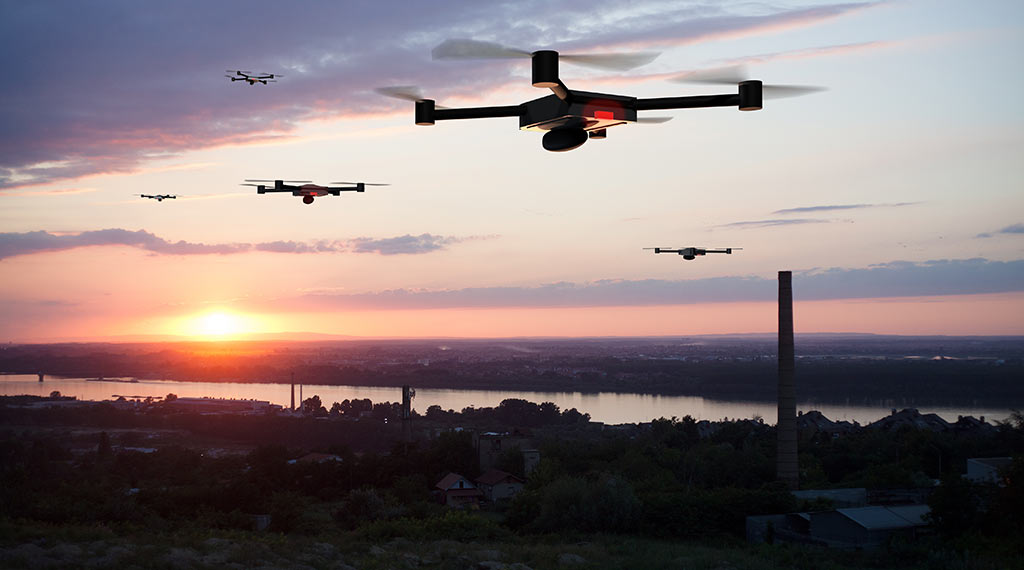
Armed drone swarms coordinated and guided by artificial intelligence (AI) could give Taiwan the needed punch to overwhelm the People’s Liberation Army (PLA) on the island’s beaches in the event of an invasion. Small drones armed with shaped charges to kill armored vehicles or anti-personnel explosives have the potential to overwhelm the invaders before they can make it ashore.
Latest posts by John Rossomando (see all)
- Biden channels Neville Chamberlain as Putin threatens Ukraine - December 10, 2021
- John Rossomando – The sequel to Kabul? - December 8, 2021
- COVID vaccine mandate proves Biden administration doesn’t care about military readiness - December 3, 2021
